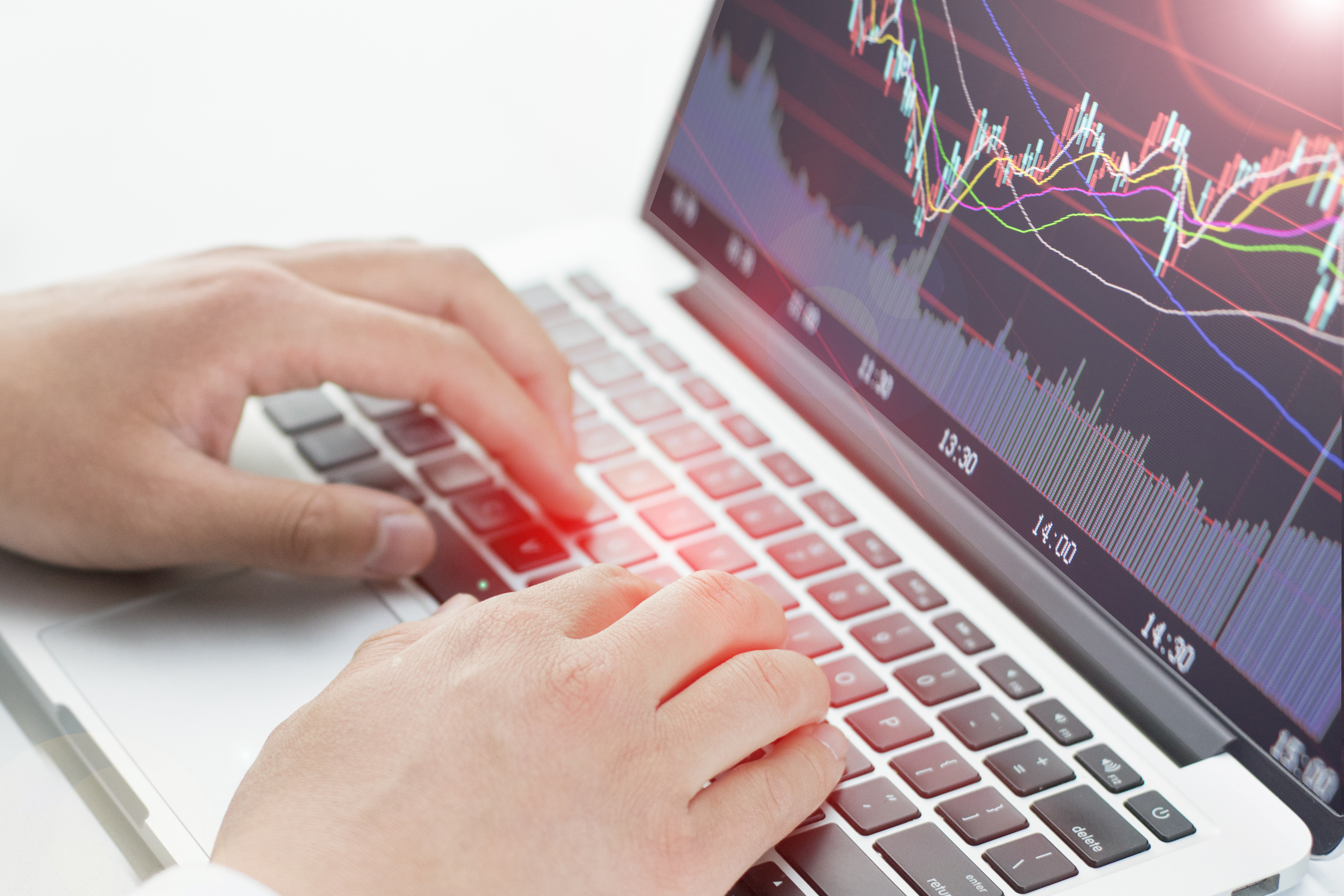从模拟账户转至真实账户的4步骤
Step 1: Understand the Risks and Benefits of Transitioning from a Demo Account to a Live Account
Many traders start with a demo account before transitioning to a live account. While a demo account is a great way to learn the basics of trading, transitioning to a live account is a big step that requires careful consideration.
One of the main benefits of a demo account is that it allows you to practice trading without risking real money. This can help you gain confidence and develop your trading skills without experiencing any financial losses. However, demo accounts do not simulate the emotions and psychological effects of trading with real money.
When transitioning to a live account, you must be prepared to accept the risks involved. Trading with real money can be stressful, and losses can occur. However, with the right mindset and risk management strategies, trading on a live account can also be very rewarding.
Step 2: Choose a Broker and Account Type
Before opening a live trading account, you must choose a reliable and reputable broker. You can compare different brokers and their services before making a decision. Look for a broker that offers reasonable spreads, low commissions, and reliable execution.
You must also choose the right account type based on your trading goals and risk tolerance. Different account types offer different features, such as leverage, minimum account sizes, and trading platforms. Make sure you read the terms and conditions carefully and choose an account that suits your needs.
Step 3: Fund Your Account and Test Your Trading Strategy
Once you have chosen a broker and account type, it's time to fund your account and start testing your trading strategy on a live account. Start with a small amount of money and gradually increase your position size as you gain experience and confidence.
It's important to have a solid trading strategy that includes risk management techniques such as stop-loss orders and position sizing. Test your strategy on a demo account and make adjustments as necessary before trading on a live account.
Step 4: Monitor Your Trades and Manage Your Emotions
Trading on a live account can be stressful, and it's important to monitor your trades and manage your emotions effectively. Keep a trading journal to track your progress and analyze your performance. Stick to your trading plan and never let your emotions cloud your judgement.
If you experience a loss, don't panic. Losses are a part of trading, and it's important to learn from them and move on. Remember to always manage your risk and never risk more than you can afford to lose.
Transitioning from a demo account to a live account requires careful planning and preparation. By understanding the risks and benefits, choosing a reliable broker and account type, testing your trading strategy, and managing your emotions, you can make a smooth transition and start trading with confidence on a live account.
(责任编辑:排行)












